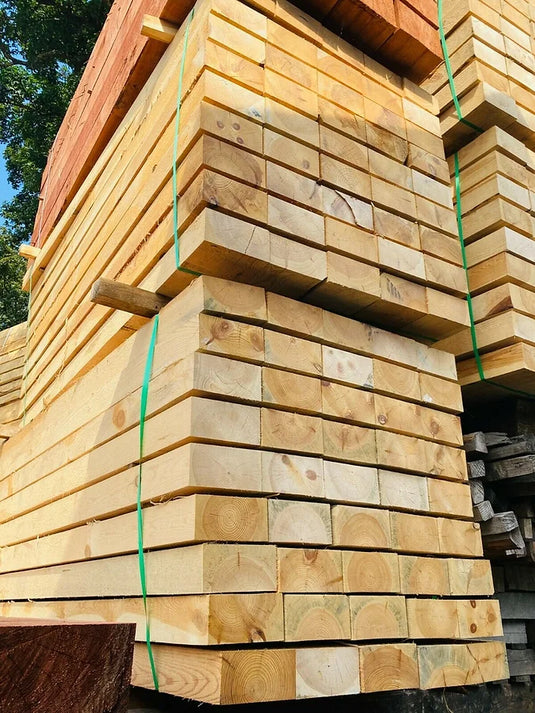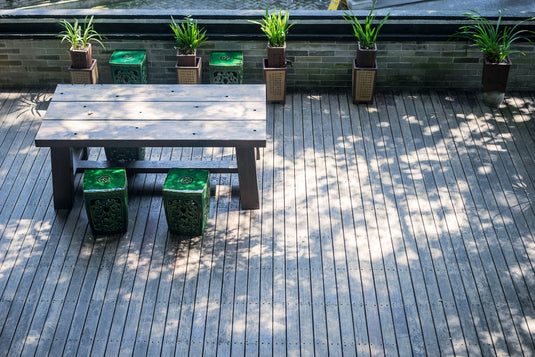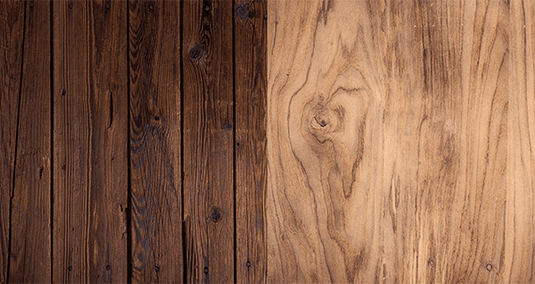Selecting the right type of wood for your project is essential to ensure its success. With a plethora of options available, it can be overwhelming for beginners to make an informed decision. This beginner's guide aims to simplify the process and provide valuable insights into choosing the right wood for your project. By understanding the different wood types, their characteristics, and considerations, you'll be equipped to embark on your woodworking journey with confidence.
Understand Your Project Requirements:
Determine the purpose and scope of your project.
Consider factors such as indoor or outdoor use, structural integrity, and desired aesthetics.
Assess the project's level of complexity and your woodworking skills.
Wood Species and Their Characteristics:
Explore popular wood species used in woodworking, such as oak, pine, walnut, and maple.
Discuss the unique characteristics of each species, including colour, grain pattern, hardness, and durability.
Highlight the suitability of specific wood types for different projects.
Strengths and Weaknesses of Wood Types:
Compare the advantages and disadvantages of hardwoods and softwoods.
Discuss the stability, workability, and resistance to moisture, pests, and decay.
Address factors like availability, cost, and environmental sustainability.
Considerations for Indoor Projects:
Discuss wood types that are commonly used for indoor applications.
Consider factors such as aesthetic appeal, ease of finishing, and dimensional stability.
Address considerations for furniture making, cabinetry, and decorative items.
Outdoor Projects and Wood Durability:
Highlight wood species with natural resistance to rot, decay, and insect infestation.
Discuss the importance of wood treatments, finishes, and maintenance for outdoor projects.
Address considerations for decks, fences, garden furniture, and exterior structures.
Budget Considerations:
Provide tips on balancing cost and quality when selecting wood.
Discuss affordable alternatives and cost-effective options for different projects.
Address the importance of considering long-term durability and maintenance costs.
Additional Factors to Consider:
Discuss sustainability and eco-friendly wood options.
Address specific requirements for specialized projects, such as flooring or turning.
Highlight the importance of proper wood storage and acclimatization.
Choosing the right wood is a crucial step in any woodworking project. By understanding your project requirements, exploring different wood species and their characteristics, and considering factors such as durability, aesthetics, and budget, you can confidently select the ideal wood for your project. Remember to assess the specific needs of your project and strike a balance between functionality, aesthetics, and your woodworking skills. With this beginner's guide as a foundation, you are well on your way to creating beautiful and successful woodworking projects.





